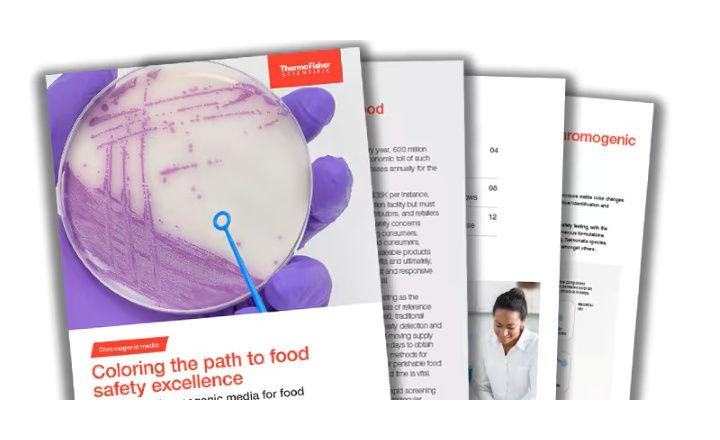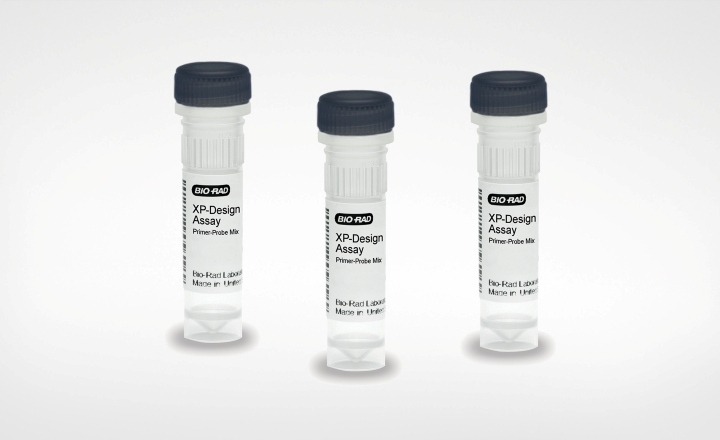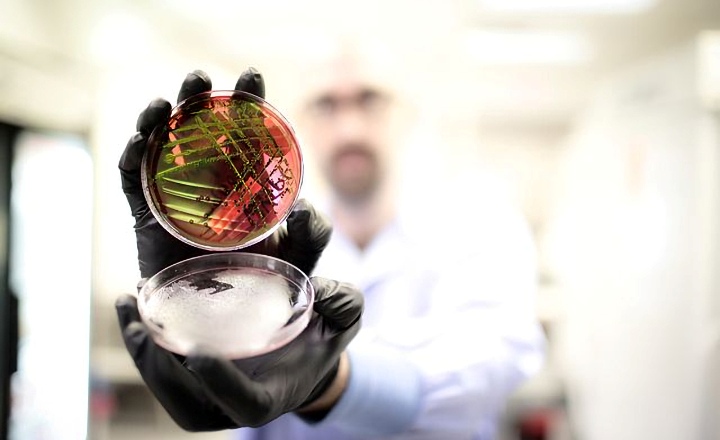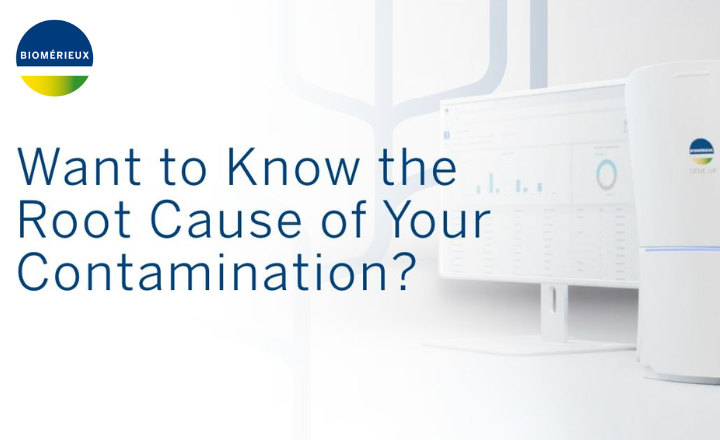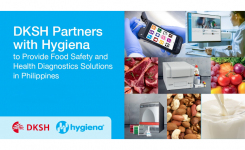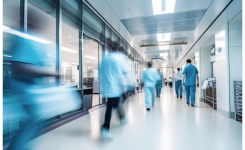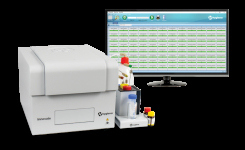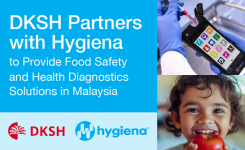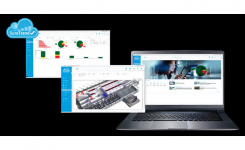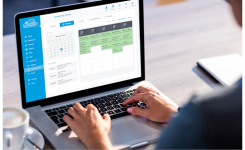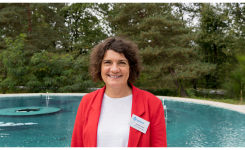
Whole genome sequencing is a powerful technique. It can address a wider range of microbes and genetic changes than can any other technology, and is best for conducting epidemiological studies aimed at determining the source of a widespread outbreak. But a September 2017 poll of 100 food processors by Food Safety Magazine showed that 93 percent of responding companies said they would not be using WGS. One reason for this reluctance is cost, another is the expertise needed not only to run the sequencing test but also to analyze the data, using current bioinformatics techniques. A third reason is that WGS may be too successful at identification. Any data uncovered would be legally discoverable and reportable to the FDA, whether it ultimately ends up pointing to a pathogen or not.
In this Whitepaper published by Hygiena International, David Sistanich, a technical support specialist for Hygiena with more than 15 years’ experience as a molecular microbiologist, quality control scientist and sales support specialist, explains how ribotyping using the RiboPrinter® System is simple and automated enough that users do not need expertise in its underlying techniques.
It is a powerful, cost-effective and labor saving addition to any microbial analysis and could provide a valuable alternative to a WGS laboratory as an important component of an overall food safety plan to protect the world’s food supply against pathogens. These ever-evolving technologies are allowing government agencies to do their job of identifying potential worldwide outbreaks, and for food processors to do their job of protecting their supply chains, improve their food safety plans and ultimately protect consumers.
Click here to Download the White Paper


